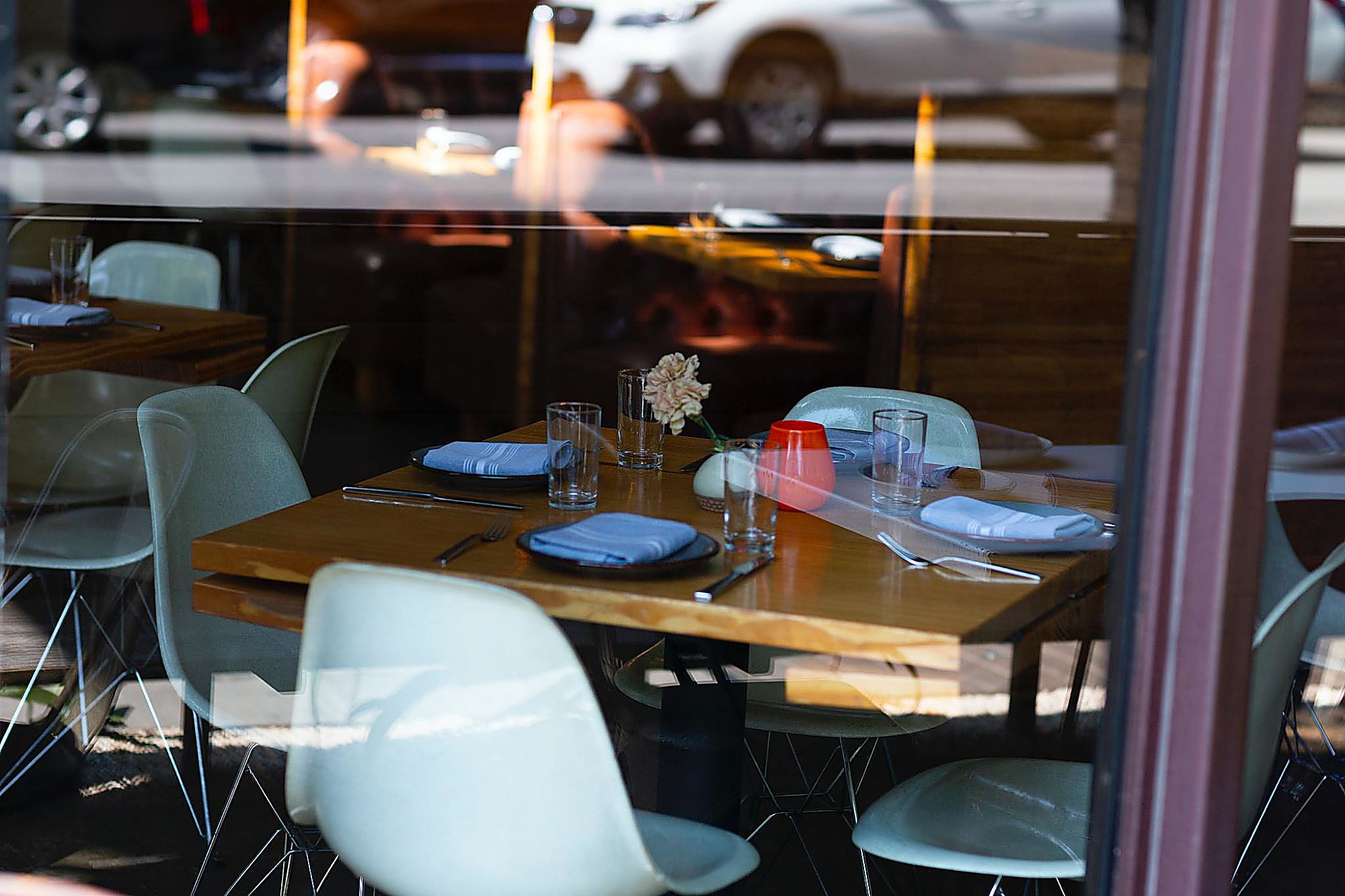How will people resume their lives after lockdown? This game-like tool answers by showing how corona drifts indoors, such as in restaurants, and how people can ward it off.
(Photo: Drew Breamer/Unsplash)
Samenslimopen (in Dutch), a joint TU Delft, Wageningen University (WUR) and Erasmus University Medical Centre project, begins its pilot phase this month. It is an online tool that can give a better understanding of how the coronavirus spreads in indoor spaces. The researchers are targeting the hospitality industry first, and at least 15 restaurants have already signed up for the pilot.
Quirine ten Bosch of WUR is leading the project and oversees the virus propagation simulation. From TU Delft, Dorine Duives and her group (CEG Faculty) are responsible for modelling crowds and their behaviour indoors. To combine the two simulations and provide an interface for end-users, Linda van Veen (the TPM Faculty) and her team from Gamelab are building the game-like application.
Tinkering with the indoor space
The tool works in a similar fashion to the Kitchen Planner on the IKEA website. In the first step, users tinker with the layout: tables, entrances, toilets, ventilation etc. The virtual setting should resemble the restaurant’s actual layout as closely as possible. Next, they assign how long a customer can be there and the maximum number of customers in a specific time span. Lastly, they select and determine the preventive measures, such as using face masks, paying either at the table or the cash desk, or setting the distance between tables.
When the formats and the regulations are ready, the simulation starts with the agents (the customers) entering the game. The CEG team’s NOMAD mobility model simulates the agents’ behaviours. The agents will do some activities – sitting in the available chairs, enjoying their meals, and occasionally going to the bathroom. The length of time they spend in the restaurant varies and ends when they open the exit door.
The game-changer is the one agent who is infectious. The game randomly allocates that person and his/her behaviour. WUR’s virus spreading model then begins and renders a certain infection range. Inside the virtual space, other healthy agents might enter the range and brush past the infectious agent, but they will only catch the disease should a certain threshold be met.
The tool also has a heat map feature that shows the virus’ movements, allowing the users to identify the hotspot of the virus. By tinkering with the layout and the preventive measures, the pilot users test various scenarios and, through a process of trial and error, achieve the safest conditions – no healthy agents get infected, and no hotspots formed.
Jack van Wanrooij from Restaurant Sjef’s Table (in Dutch) – one of the participating restaurants in the pilot – shares his thoughts on the tool: “It is really easy to use and can give helpful insight, especially on visiting time in my case. By distributing the time slot, the tool displayed a decreasing case of contaminations. So that is what we can adapt when we can finally reopen.”
Not a claim to absolute safety
Van Veen underlines that the tool cannot give a claim to reopen restaurants safely because of positive results. “That is not our intention. While you can simulate the spread of the virus to a certain extent, we can never be 100% sure that the tool pins down exactly how it spreads, even with fixed set-ups. That is why we have a disclaimer on our website (in Dutch),” she says. While restaurant owners can now try out and gain understanding from the application, the decision of when people can have dinner outside again still rests with the Government.
Nevertheless, a better understanding of distances and movements will help people – restaurant owners and customers – behave safely and responsibly after the restriction is lifted. The continuing research means that the prospect of applications is limitless. “In the next phase, we will further develop the tool for other indoor spaces, such as shops and classrooms. With adjustments, it can also be used for other infectious diseases,” ends Ten Bosch.
Rayan Suryadikara / Science Desk Intern



Comments are closed.